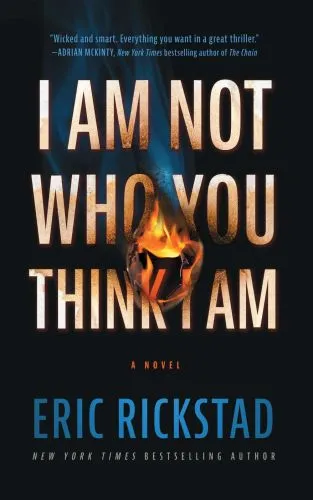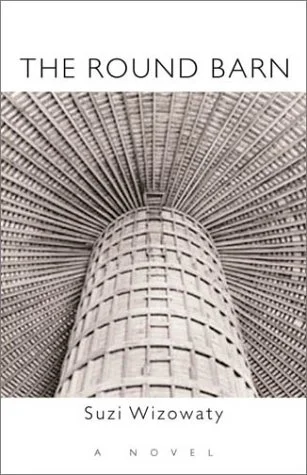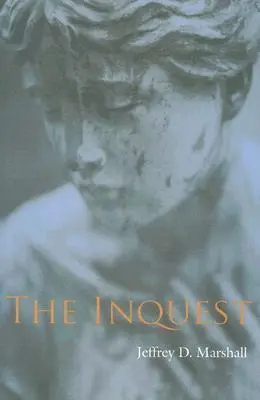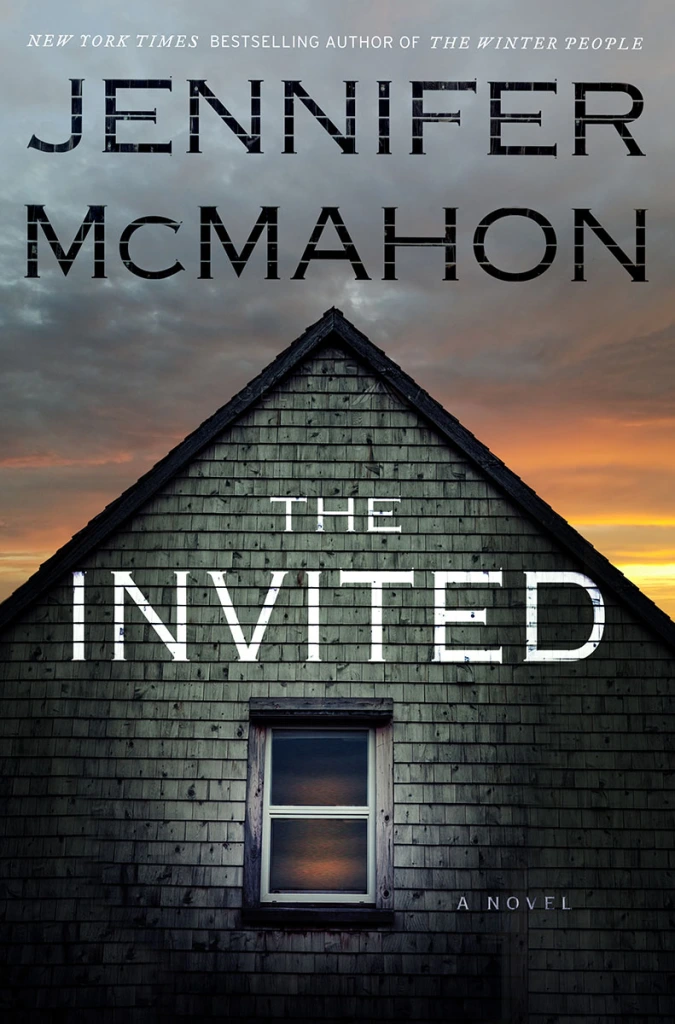Did you notice the new green stickers on the spines of some of our books? These mean that the people who wrote these books claim Vermont as their home state! In marking these books we found some authors who aren’t as famous as Archer Mayor or Chris Bohjalian, but that might be interesting to you anyway.
On Brassard’s Farm by Daniel Hecht
In a radical departure from her urban life, Ann Turner buys a piece of remote Vermont land and sets up a tent home in deep forest. She’s trying to escape an unending string of personal disasters in Boston; more, she desperately wants to leave behind a world she sees as increasingly defined by consumerism, hypocrisy, and division.
As she writes in her journal, “There’s got to be a more honest, less divided way to live.”
She soon learns she was mistaken in thinking a kindly Mother Earth would grant her wisdom and serenity in her new home. The forest confronts her with unanticipated dangers, aching loneliness, harsh weather, instinctive fears, and unsettling encounters with wild animals. It’s beautiful, yes, but life in the woods is never easy. When necessity requires her to start work as a farmhand, she quickly realizes that she held similarly childish illusions about small farms. Under the stern tutelage of Diz Brassard, the farm’s sixty-year-old matriarch, and the gentler guidance of Earnest Kelley, an Oneida Indian friend of the Brassards, she discovers what hard work really means. Ann faces her predicament with determination, but there’s a lot to learn—about the Brassard family, about dairy farming, and about herself. If she is to succeed in her new life, she must become as tough and resilient as the rural community she lives in. She must also learn to accept love—even if it arrives in the most unexpected forms.
I Am Not Who you Think I Am by Eric Rickstad
Wayland Maynard is just eight years old when he sees his father kill himself, finds a note that reads I am not who you think I am, and is left reeling with grief and shock. Who was his father if not the loving man Wayland knew? Terrified, Wayland keeps the note a secret, but his reasons for being afraid are just beginning.
Eight years later, Wayland makes a shocking discovery and becomes certain the note is the key to unlocking a past his mother and others in his town want to keep buried.
With the help of two friends, Wayland searches for the truth. Together they uncover strange messages scribbled in his father’s old books, a sinister history behind the town’s most powerful family, and a bizarre tragedy possibly linked to Wayland’s birth. Each revelation raises more questions and deepens Wayland’s suspicions of everyone around him. Soon, he’ll regret he ever found the note, trusted his friends, or believed in such a thing as the truth.
The Round Barn by Suzi Wizowaty
Tuesday Bailey and his cousin Mary witness with mixed emotions the helicopter removal of a silo, the core of a round barn, from its Vermont hillside to a nearby folk museum. Tuesday, chief of buildings and grounds at the museum, is pleased that it goes smoothly and that he’s able to spend time with Mary, for whom he’s carried a torch since they were teenagers growing up together; Mary, meanwhile, a dowser happily married to the owner of the town’s general store, is disturbed without knowing why—but then learns she has inoperable cancer, which is spreading fast. Meanwhile, the museum’s p.r. director, Didi, her partner away for the summer at an artists’ colony, finds herself attracted to a local reporter (male) covering the barn story. She also has as a houseguest her 18-year-old nephew David, a proto-architect and maker of unique birdhouses, who’s gay and also fascinated by the barn—especially after he finds brooding, brilliant Dean Allen, the museum’s most mysterious employee, lurking there. Then there’s the museum’s newest board member, wealthy art-collector and widow Frieda, in Vermont for the summer with her difficult daughter, who starts a fling with the museum’s patrician director. Tuesday yearns to be with Mary, Mary is dying to hear “the voice of God in her bones,” Didi dithers with the reporter, David laps up the knowledge that Dean spews forth, Dean has an unhealthy fixation with fire, and Frieda ultimately decides to return to New York. As for the ghost—well, his tale is tangled too.
The Inquest by Jeffrey D. Marshall
In 1830, Experience “Speedy” Goodrich died after undergoing an abortion in Burlington, Vermont. This tragedy and the resulting inquiry provide the foundation for Jeffrey D. Marshall’s meticulously researched first novel. From the vibrant intellectual life of the University of Vermont to the public outcry over grave-robbing medical students in search of subjects for dissection, and from the progressive social movements of the day to the commercial bustle of a thriving inland port, Marshall offers a compelling portrait of the city and the era. Speedy’s death and the subsequent inquest are described by three narrators: Charles Daggett, a student at the UVM medical school who is accused of procuring – and some say actually performing – the abortion; Stephen Decatur Parker, an undergraduate who is drafted to serve as scribe for the inquest into Goodrich’s death; and Nancy Goodrich Proctor, the sister of the deceased. Daggett and Proctor were real, while Parker is entirely fictional. Marshall gives them distinct and compelling voices as they recount the events of the tragedy and its personal consequences for each of them. The 1830s were a time of great social, political, and religious upheaval. As in our own time, abortion, religious fundamentalism, and civil liberties were topics of heated debate. Marshall places Speedy Goodrich’s story in the context of these enduring controversies in a work of fiction that is both dramatic and historically plausible.
The Invited by Jennifer McMahon
In a quest for a simpler life, Helen and Nate have abandoned the comforts of suburbia to take up residence on forty-four acres of rural land where they will begin the ultimate, aspirational do-it-yourself project – building the house of their dreams. When they discover that this beautiful property has a dark and violent past, Helen, a former history teacher, becomes consumed by the local legend of Hattie Breckenridge, a woman who lived and died there a century ago. With her passion for artifacts, Helen finds special materials to incorporate into the house – a beam from an old schoolroom, bricks from a mill, a mantel from a farmhouse – objects that draw her deeper into the story of Hattie and her descendants, three generations of Breckenridge women, each of whom died suspiciously. As the building project progresses, the house will become a place of menace and unfinished business: a new home, now haunted, that beckons its owners and their neighbors toward unimaginable danger




